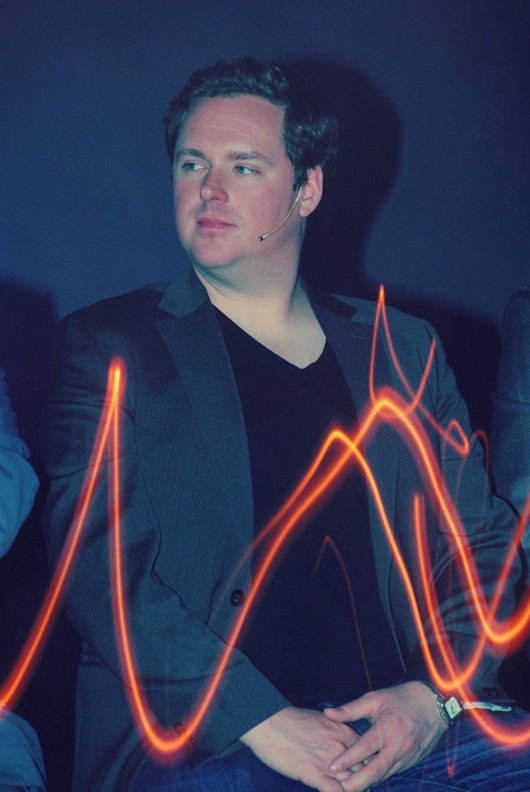
It’s not often we get to talk to Hollywood filmmakers, so Minority-Review grabbed an opportunity to interview William Files, Sound Designer at Skywalker Sound, when he was in Mumbai for a Dolby Surround conference. He’s worked with legendary director Steven Spielberg as well as iconic Star Wars sound designer Ben Burtt. Apart from Cloverfield and Mission Impossible 4 his credits include lots of big animation films. Sailesh Ghelani met up with Will and Dolby’s Stuart Bowling for quite a fascinating conversation.
How have the sounds of Mumbai affected you?
It’s a very noisy city. You walk out of a sound stage here where it’s loud and then you step out and it’s almost just as loud. It’s an interesting sounding city; it has a real life to it.
What do you think of the sound mixing in Indian films?
I think they’re loud and brash. It wouldn’t work in Hollywood but then that’s not the market. So it’s fine for the market here because I guess the audiences like that.
What was it about sound that got you into this profession?
Well I actually grew up in a radio station so I was always surrounded by sound. My father was an engineer there. So I thought it was all really cool. I would play with sounds from 12-inch records in the production room and then transfer them to tapes. I built my own little dramatic radio plays as a creative outlet. And then with my background in sound it seemed like a good idea to study filmmaking.
With sound you can affect people emotionally without them even realising. But that’s also what makes sound sort of a second-class citizen in some ways because people don’t understand what we do. People just assume that the sounds are recorded while they’re filming.
Do you think people are confused about sound engineers? Like what’s the difference between a sound designer and a sound re-recorder?
(Laughs) Ya I think people are very confused about that. It’s a constant source of head scratching whenever the Oscars happen in America because we have two categories: Best Sound Mixing and Best Sound Editing. Even if people do know the difference they find it difficult to say which part contributed more to the movie sounding good. Because they do go hand in hand.
So explain it to us…
Well in visual terms you have the production designer, and he decides what’s going to be on set, like furniture, on the walls, props. Then the director of photography (DOP) comes in and he decides how you are going to see the things on the set. He may drape the room in darkness except for one light on a table, which is all he wants us to see. In that analogy, the sound designer (like the production designer) has to prepare all the things that may be needed to prepare the scene and then the mixer (DOP) decides what you’re going to hear and how you’re going to hear it.
You’ll cut sounds for maybe a gun, cocking, firing, bullet shells falling on the ground. The mixer may decide that he wants the gunshot to be loud but doesn’t care about the bullet falling on the ground sound. He may add more bass to the gunshots to make it more powerful. He takes what the sound designer has prepared and then puts the finishing touches on it. Mixer and re-recording mixer is the same thing. The sound mixer may be on a set and he records the original sounds; a re-recording mixer is the guy who sits in post-production.
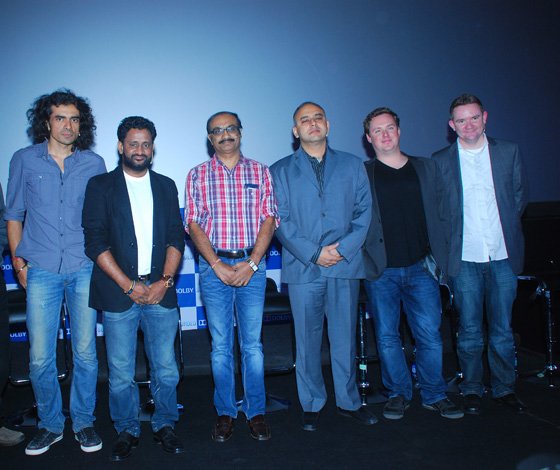
Far Left: Imtiaz Ali, Resul Pookutty. From Far Right: Stuart Bowling and Will Files at Dolby Surround conference, Mumbai
To Stuart Bowling, Sr. Worldwide Technical Marketing Manager, Dolby Laboratories:
How will the new sound format, Dolby Surround 7.1, contribute to the sound process?
The role that Dolby has played is providing the technology format to expand the capabilities and creativity of people like Will.
Gimme an example…
Like going from 5.1 to 7.1. So now you’ve got four surround zones and more places to put sound and you can articulate a better sense of movement and separation by having four surround zones over two. In 5.1 you’re hitting the sides of the theatre and also behind you which makes directionality challenging. For instance, if you had a car that looks like it’s going to pass by the side of the theatre you can’t do that properly (with 5.1) because it’s going to hit behind as well. But now breaking it into four you can make it hit the side only. You can make something go through the screen and whizz past you to the back and not hit the sides as well.
Will:
5.1 is good for atmospheric sounds but 7.1 is good for more specific sounds.
Will, you’ve had the distinct honour of working at Skywalker Sound (A division of Lucas Digital). Did you ever imagine it?
Well I imagined it but I wasn’t sure I’d be able to pull it off. I knew about the place before I went to film school. It was this magical place that worked on all the movies that I loved. Then when I went to film school I set my sights on it. I was really lucky early in my film school experience. I met a guy working at Skywalker Sound called Randy Thom at a sound design conference. I kinda hit it off with Randy and we had a lot of things to talk about. I managed to weasel his email address and kept in touch with him over the years. And once I graduated he offered me an internship. And that turned into an assistant job and that turned into a sound design job.
Apart from creating sounds where your partner is breathing through a hose (for the ventilator scene in Let Me In) what’s the most bizarre thing you’ve had to do to create a unique sound?
You know the weirdest things for me are the sounds that I make with my own voice. It’s really kinda embarrassing; they’re sounds you’d never want to do around anyone else. So you’d find some hidden place in the building where no one’s going to find you, set up your recorder and make strange sounds with your mouth and your whole body really. It’s often the easiest way to make emotional sounds for like monsters and aliens.
Did you do that in Cloverfield?
Yes I did. There’s actually a fair amount of my voice in the monster’s voice. Another cool thing we did for that one, I was inspired by a cool story about how they did the sounds for the monster in the film Godzilla. They supposedly made it from someone abusing a Cello to make these weird shrieking sounds. If you think about it it’s such a raw emotional sound. I took that same idea and I called in a musician friend to do something with his upright double bass. He bowed and plucked it and I combined those with my own voice and various animals to create the unique sound of that creature in Cloverfield.
Pioneer Ben Burtt (also at Skywalker Sound) created things like the Wilhelm scream, R2D2’s beep language, Darth Vader’s breathing and plenty more. Are there any signature sounds you created?
Oh god no. Ben is an incredibly talented guy and got to work on one of the best films ever made as his first project (Star Wars). He has the position and the talent to make these iconic sounds. I don’t think I’ve made something as recognisable but I hope someday I will.
Do you look for finding that sound?
Well it’s about getting a film that really supports that. Star Wars needed these iconic sounds. The closest thing I’ve created is the Cloverfield monster’s scream. Some people will hear that and know exactly what it is. Not every film you work on will give you the chance to make iconic sounds. Films like E.T., Jurassic Park, Terminator 2 have these moments with highly iconic sounds. Not every film has that opportunity. But you always need to give a film sounds that are unique.
Listen to the monster’s scream:
So can you add sounds that you feel are unique or does the director decide?
Oh yeah, a lot of times the conversations with the director start with ‘how do you want the audience to feel at this moment?’ Maybe he’ll say he wants the audience to feel scared of this creature but he always wants them to sympathise with it. So what sound can I make to give that emotional feeling? It’s hard to make a 300-foot creature that’s killing people and destroying New York City very sympathetic (Cloverfield) but hopefully we did communicate why it’s causing so much trouble.
Is silence a good sound effect?
Silence is one of the best sound effects! Used correctly silence can be extremely powerful. Modern audiences don’t expect to hear much silence in a film. But if you use it wisely and sparsely it can be very effective.
To Stuart:
Do you think the theatres in India can handle the 7.1 set up?
They don’t have to change the speaker system set up. They could use existing Surround EX, which allows you to just upgrade with a new audio cable and a new Dolby cinema processor. It gives you more flexibility. You can create a phantom image pulling sound slightly into the room without having to go all the way to the back of the room.
Will:
It’s especially useful for 3D films. It’s like a higher resolution in visual terms. It lets you bring sound halfway into the room, which is how 3D is. It doesn’t go all the way to the back. The new format lets you do that with more accuracy.
How is it working with people like George Lucas, JJ Abrams and Steven Spielberg and what are the things you learned from them?
It’s incredible of course. Growing up I’ve loved Steven Spielberg’s movies so sitting in a room with him for the first time was like meeting the President. Just to see the way they operate and focus on telling a story is fascinating. A lot of the best filmmakers are not concerned with technology but more concerned with telling a story. Like JJ Abrams is up on all the new tech but it’s only because it helps him tell a story better and engage an audience. Like the Star Trek movie sounded great. It had a familiar sound but a fresh sound. That’s Ben Burtt’s talent really and he brought that to Star Trek.
Stuart:
JJ Abrams when he was doing Super 8, he wanted to use 7.1 and that was the first feature film in 2D to use that format. Before that it was mainly to be used with 3D.
I’ve always felt that music and sound in a film actually makes the difference between a film being good and being great… Do you think that Will?
Of course I do… but of course I’d think that. Sound effects and music can elevate an experience so much more than anything else. They affect you emotionally. There are very few movies that make you cry or make you sad if you turn the music off. Sound can help tell a story in a way you don’t have to see. In Cloverfield we would use sound to show you what was happening because they had to save money and couldn’t show it to you. It’s not just that it saves money but it engages an audience in a different way because they have to imagine it.
Are there too many sounds in films nowadays?
If you look at older film mixes versus modern ones then you’ll see they’re much denser now than they ever were. That’s partly because of the capabilities of the digital tools you’re using. On one hand the expectation is that you’ll have a sound for everything you see. But that doesn’t mean you’ll use them all. I think you need to keep focused on what matters to a scene and not just fill it up with sound. When you use 7.1 you can fill it up with even more sound but you shouldn’t. Not to sound like an old guy because I’m not an old guy but it’s worth going back to the films of the 70s and 80s and seeing how they did it.
What’s the last new movie you saw that had an iconic sound?
It’s a good question. Umm… I’m actually gonna ask my fellow designers at Skywalker when was the last time we’ve made a really iconic sound. Because we all want to do that but I can’t think of one in recent times. I’ve asked myself what’s my contribution to the film sound lexicon but so far I’ve been disappointed with the answer. But I can’t think of many others in the past 10 years that have been really iconic. All the iconic sounds were created by Ben Burtt and Gary Rydstrom. Gary says the movie asks for what it wants. You can hear that sound in your head just watching it.
Is it more difficult to find unique sounds now?
Ya you do have too many options now. There’s a plethora of sound effects libraries now but unfortunately what is happening is that you dip into them rather than recording new sounds. Personally, I’ve been trying to record new sounds given budget and time, both of which are shrinking. So you end up reaching into your bag of sound effects. Everyone has heard a gun go off in a movie but that’s not really how a gun sounds like. That’s maybe how it feels like to shoot it but in reality if you recorded a handgun it sounds like ‘Pop, pop, pop’. As a sound designer I have to exaggerate that sound a bit more to make up for the fact that they can’t wince at the gunshot.
What’s your favourite old movie of all times with sound?
Apocalypse Now was a landmark in film sound. The perspective, the way they treat the music, the way they stay with the Willard character, you’re in his head for a lot of the film and that is supported with the way it sounds.
Which film was the most fun you had designing sound for?
That’s a good question. It’s really fun to do the Madagascar films because they’re a little more cartoon-y than most modern animations. And I mean that in the best way. The characters move almost like an old Road Runner cartoon. As they move their bodies deform and stretch like they’re made of rubber, like they’re cell drawn animation. That gives the feel of more fun and gives you more latitude to have fun with the sounds.
Read more interviews here.
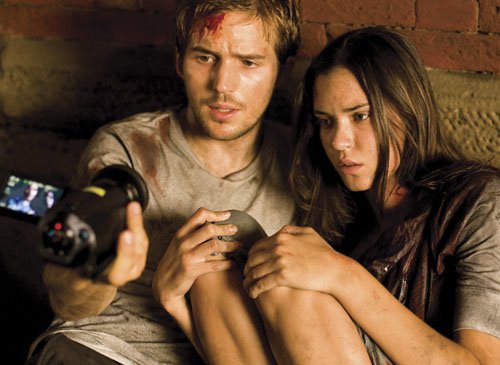
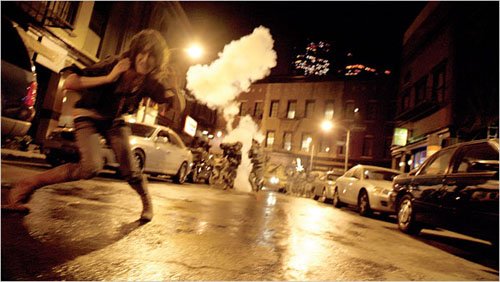
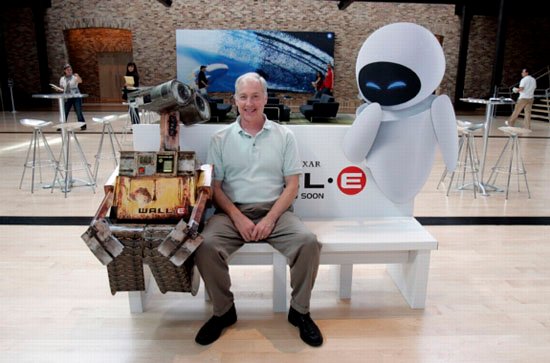


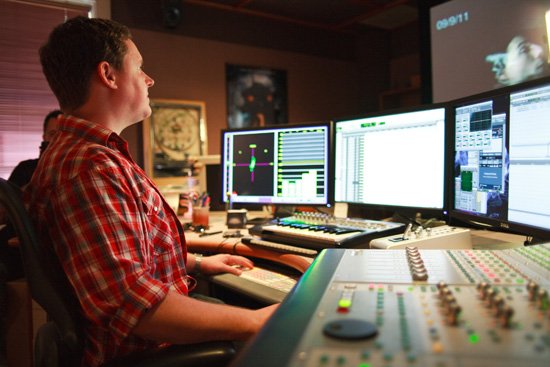
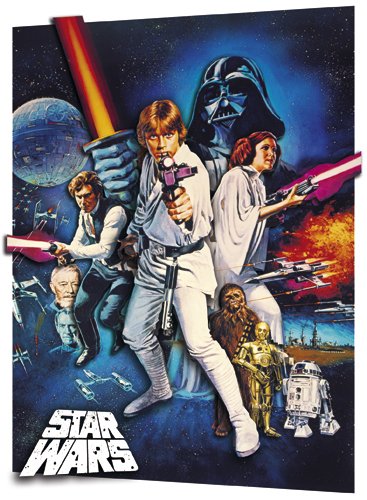

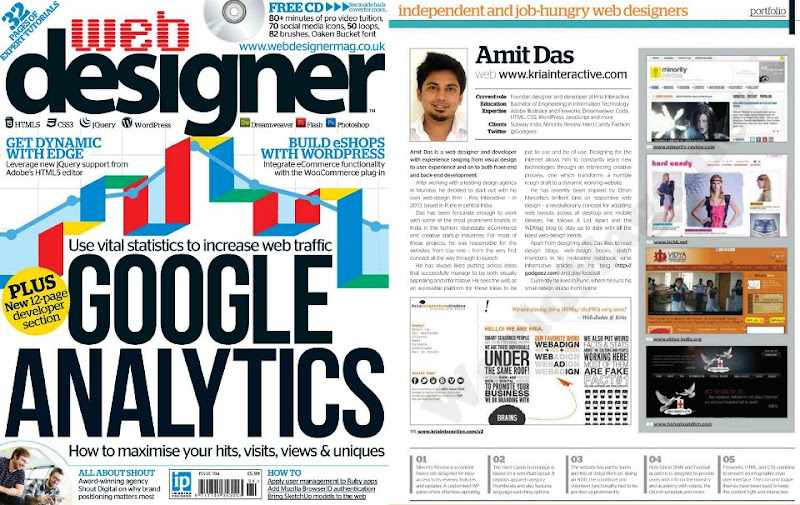


0
comments